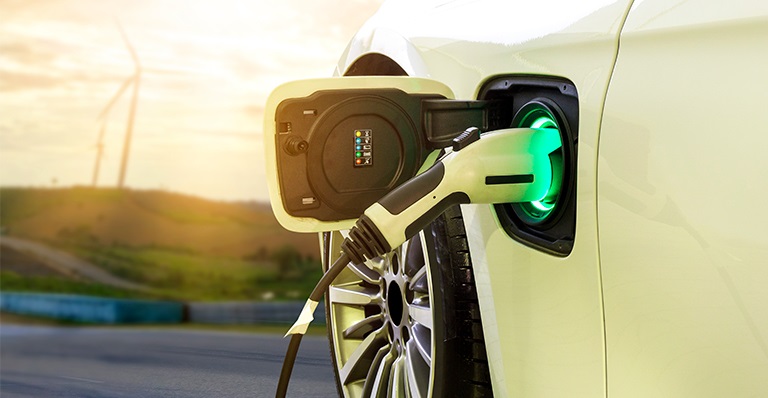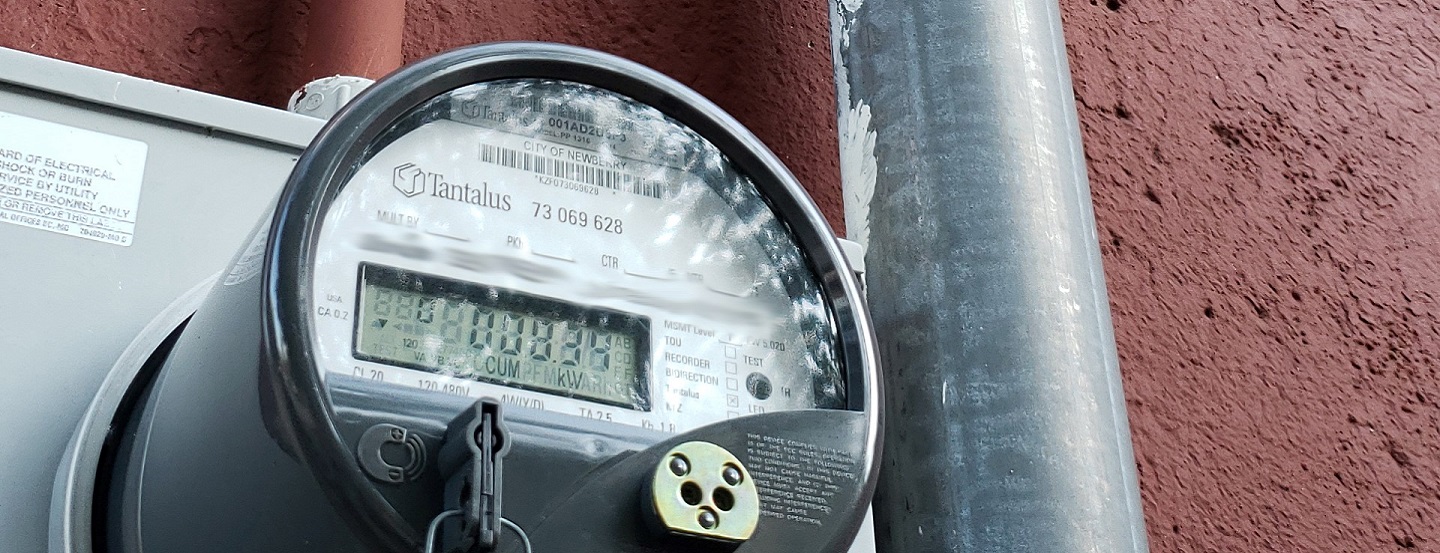Miovision, based in Kitchener, ON, is an Export Development Canada 2020 Cleantech Export Star.
You could say we took a U-turn when we founded Miovision. The idea of starting a traffic management company stemmed from my experience at a co-op job in Toronto when I was a student at the University of Waterloo in 2005. Part of my job was to stand at the side of an intersection with a clipboard and count the number of cars that turned right, left or went straight through. Clearly, the internet and big data revolutions had yet to make any impact on the business of traffic management.
Smartphone thinking for traffic management
Initially, my partners and I thought Miovision would be a software company, applying modern technology and business models to problems, like congestion and safety, that have existed as long as people have been driving cars.
Our pitch to municipal traffic managers was to have them send video footage of traffic to us that our tools would turn into data and insights to better manage traffic. However, the response from the market was that it was too onerous to collect video footage from the side of the road to meet our requirements. That’s when we developed our first hardware product, the Miovision Scout, a portable, fully connected device that collects video for days at a time without needing an operator.
Our latest product, Miovision TrafficLink, allows municipalities to update existing traffic signals, adding connectivity and 24/7 traffic data gathering capabilities. It can collect multimodal traffic data, capturing volume and movement counts for cars, trucks, pedestrians, and cyclists. It’s essentially an internet-connected supercomputer that allows traffic signals to be monitored remotely. Plus, it turns every equipped signal into a traffic data collector, greatly increasing the volume and frequency of the traffic data traffic engineers are able to access. Engineers can use the data to see how traffic is flowing, make changes in signal timing as well as adjust other factors, and then measure to see if the changes actually improved thetraffic issues. It’s vital data that can help cities improve traffic congestion and safety, while reducing vehicle emissions.
What sets our technology apart from the incumbent ways of managing traffic is that it’s like using a smartphone. Before the smartphone came along, you bought a flip phone, but you also bought a GPS unit, a portable DVD player, a flashlight and a calculator. Traditionally, an intersection works in much the same way. Each time a city wanted to add new functionality to an intersection, a new device would have to be purchased and installation fees would also apply. We applied smartphone thinking by building a single device that can do a bunch of different things at the intersection. Like a smartphone, our advanced technology provides multiple functions and our customers will discover its many other uses the more they use it.
Navigating the political landscape
Because Miovision’s customers are municipalities, our sales process usually involves two stages to address both technical and local political considerations.
In the first stage, we sell to a user-buyer such as a public works director or traffic engineering manager. We work with them for up to six months with installations at a few intersections, usually focused on a specific challenge they may have, to demonstrate our technology featuresand how it fits into their systems and workflows.
That brings us to the second stage, where we sell to a financial buyer, like a senior bureaucrat or elected official such as a city councillor or mayor, whose primary concern is how our technology can help achieve a municipality’s public policy goals. Will it mitigate traffic congestion? Can it eliminate serious roadway injuries of deaths? How will it reduce greenhouse gas emissions? These are often politically charged issues that lead to discussions about why the city should invest in upgrading its traffic control network rather than other expenses–like building a new splashpad for kids. Here we need to help our user-buyer demonstrate the positive citizen impact.
My recommendation to Canadian cleantech companies like ours—whether selling domestically or abroad—is to research the politics in the market where you sell in order to position your products and services appropriately against the dominant political agenda. For example, one early impact of the COVID-19 pandemic was radical changes in traffic patterns in most cities. We’re confident this will accelerate interest in our services in the medium to long term, even though the pandemic has put enormous pressure on municipal budgets in the short term.
Exporting challenges
The economic downturn from 2008 to 2010 hit Miovision during our early years. At the time, we were concerned that the North American market might not recover to the same level as the rest of the world. We responded by accelerating our export strategy and opened an office in Cologne, Germany, serving Europe and the Middle East.
We weren’t in a position to partner or acquire our way into the market, so we built an office from scratch. Looking back, I’d say we underestimated the amount of time it takes to build a culture in a new office and how critical founding teams are to that process. It also took us time to make sure our marketing messages were properly aligned to the languages and cultures of the countries in which we wanted to sell. For example, in the United Kingdom (U.K.), an intersection is called a junction, so we were now selling junction cameras instead of intersection cameras in that market.
I also can’t stress enough how important it is to research the business culture of your target markets as well. How you greet people in Japan is very different than how you greet people in the U.K. How you negotiate in Qatar is very different than how you negotiate with people in Australia. Understanding these cultural nuances ahead of time will help you make better judgment calls.
How EDC helped
We were fortunate to receive funding from Sustainable Development Technology Canada (SDTC) in 2014, which allowed us to develop new product lines. In January 2020, Export Development Canada made a sizable equity investment in the company to help us with international acquisitions. Despite the current downturn, we were well-capitalized to go out and buy technology assets and go-to-market assets in global jurisdictions that help us expand our international strategy.









